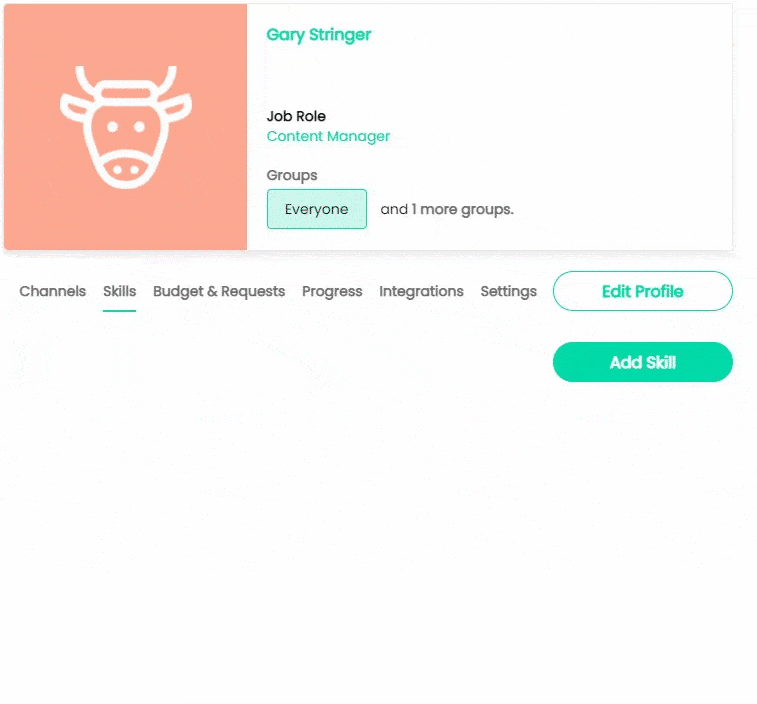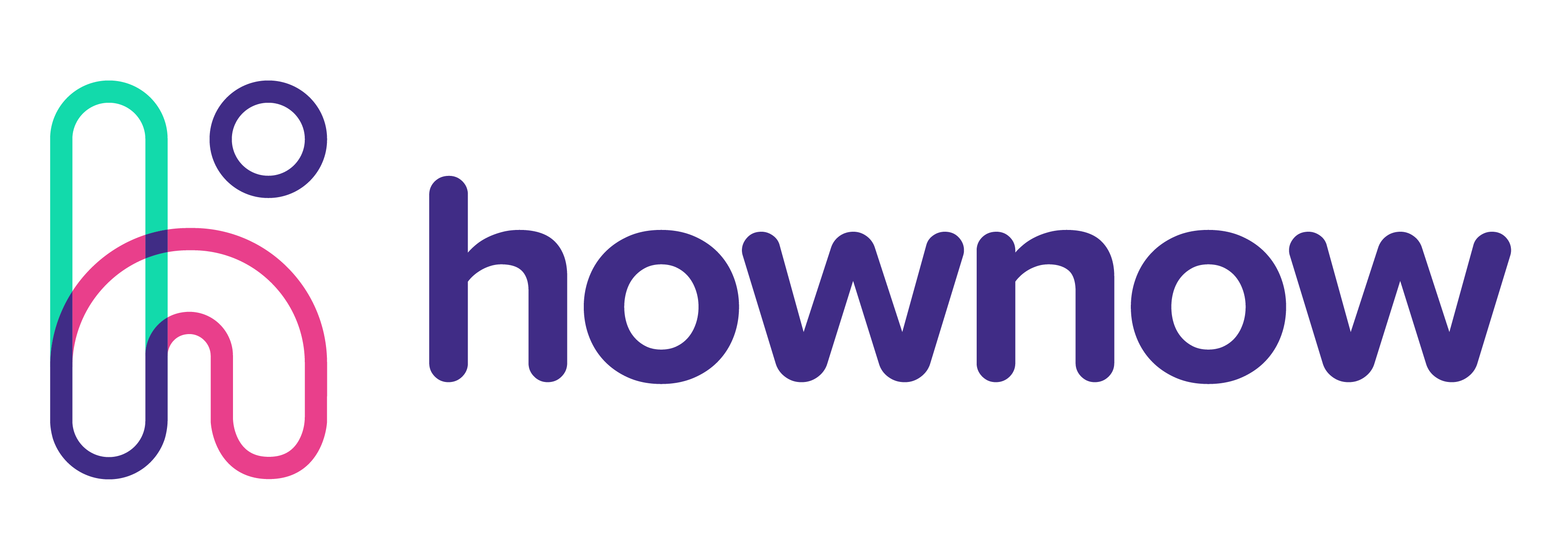The mentor and mentee relationship should be a two-way street
Imagine you’re stuck in a lift with a bunch of geniuses. Maybe Microsoft magnate Bill Gates is leaning against one wall, YouTube CEO Susan Wojcicki is by the other and in between are the world’s best scientists, lawyers and authors.
Once the nerves wear off you’re ready to start picking their brains and ask a few of your burning questions – but to your surprise, they’ve got almost as many things they want to ask you! Why? Because mentoring isn’t just about learning from the most experienced and successful people, it’s a tool for those mentor figures to see things from a different perspective – hence why we’re no longer accepting that it’s a simple one-way street.
In fact, 87% of mentors and mentees feel empowered by their mentoring relationships and have developed greater confidence – highlighting that it’s really bringing value to both parties (source). And that’s what we’ll hopefully cover in this article, how you can build a mentor and mentee relationship that still respects those traditional roles but brings value to everyone involved.
The mentor and mentee roles and the changing dynamics
The mentor
Mentors are people in the know! They’ve either been around the block or built up a wealth of experience and skill in a particular area – meaning they’ve got plenty to teach someone hoping to develop similar traits and talents.
But great mentors don’t simply spoon feed the answers to their protegees, they ask great questions, prompt the mentee to bring ideas to the table and help them set out plans they can put into practice. We’ll have more on that later, but it’s worth pointing out that a mentor should give them the time and space to try these solutions independently and in the right moments. That’s all part of this process of helping them develop the way they think about things to arrive at the right conclusions and actions.
Bob Mosher made this point when we caught up with him in a podcast episode, but we have to start building learning with the moment of application in mind and that’s another way the mentor-mentee dynamics are changing. It’s no longer enough for a mentee to ask a question and a mentor to prescribe the answer – they need to go back to first principles, discuss the desired outcome and dismiss any preconceptions about the best way to get there.
The Mentee
And while we’re on the subject of that evolving relationship, let’s move onto the role of the modern mentee. We often talk about how important curiosity is as a learner and this is a great example.
When a mentor is sharing their experiences, the mentee can hold up a mirror and help them reflect on why they’ve done it that way and if there’s still some room for improvement. Especially if that mentee is coming armed with probing questions around how they got to that technique, when they refined it and the outcomes it produced. Typically, you’ll see this happening organically when the mentee comes from a different generation or culture – their perspective can be really useful for their mentor.
If that wasn’t a big enough argument for the evolution of mentoring at work, we’ve got the idea of helping a group of people reach new heights. Something that’s really driven by the advancements in learning technology and platforms – especially in a period where classroom training has become almost non-existent.
Group mentoring
And, unless you want a group mentor tearing their hair out, you’ve got to give them a tool to connect, monitor and measure how their mentees are progressing. In HowNow, it’s as simple as creating a learning group for your mentees – allowing you to share resources with every relevant person in a matter of clicks.
But it’s more than that, it’s about creating courses where people can come together and share their thoughts, all while having a reporting dashboard that lets you check in on individual performance. It’s those insights that give you that personal touch despite the group element, allowing you to see pain points and address them individually.
Here’s everything you need to know about mentoring and coaching using HowNow, and you’ll see the trial and demo buttons at the top of that page if you want to know more!

Creating an effective mentor-mentee relationship
Connecting the right people
A strong mentor and mentee relationship begins by understanding which people have particular skills and knowledge to share, and working out what people in your teams want to learn. The big conundrum for a lot of companies is measuring skills and keeping a record – otherwise this all important first step feels a lot like guess work.
That’s our belief anyway! And it’s why we offer you the tools to create a dynamic skills profile for each person, based on self and peer review.

That’s the basis for a strong relationship but it also ensures that crucial relevance between the mentee’s issues and the mentor’s strengths. All of which play their part in setting clear expectations and goals that focus on solving problems…
Establish clear goals and expectations
Following on from that skills theme, you might decide that improving their proficiency in a certain area is one of the goals from your relationship – measuring their skill level before and after would be a clear and tangible outcome. But the relationship might be centered around completing a certain project or initiative – in which case you might choose to break it down into smaller tasks and set out a clear timeline.
However, with your mentor hat on at this point, it might not be as cut and dried. Your mentee might come to you with a goal or problem and it’s tempting to simply prescribe something based on what they’re demanding.
But it’s better to have consulting conversations and get to the heart of their problem. Asking the right questions can help you work out the bottlenecks or the true goal they’re trying to achieve – talking it through might actually reveal a different challenge that requires a different approach. What we’re really talking about is clear communication. Luckily enough, that’s our next tip.
Managing communication and ensuring structured mentoring
A good mentoring relationship requires commitment – both parties have to agree to regular check-ins and ensure they’re covering all the key goals and milestones. You’ll see an example from HowNow below, but these are tips you can apply when you’re creating any mentoring course. You need to have a structured process, with established goal-setting sessions, meetings, assessments and relevant resources – it’s just better if that’s all in one place 😉.
And hosting it all within one course allows you to add notes and ideas following each session, to turn on our Discussions feature and communicate directly on your resources and to add new sections as and when you need to.

Tapping into flexibility for an evolving relationship
It would be really simple if the process went something like: brainstorming, mentor advice, mentee success and wrap-up celebrations. But nothing worth having is ever that simple! You might try something that fails or needs a little more time in the mentee oven before it’s ready. More hurdles might pop up that require a change in approach – and that’s fine too.
Both mentors and mentees need to be flexible and willing to divert course if it appears a new route is required. It’s important, however, that they document their successes, failures, goals and tactics as that evolution happens. Why? Because it may well help others further down the line.
Sharing what you’ve learnt with everyone else
Now, one of the key reasons we’re arguing that it’s no longer a two-way street is that you’ll typically find lessons learnt through mentoring are useful to other people within the team. And it’s why it’s important that all your learning lives in one platform, where everyone has access to it.
For example, a senior sales figure mentoring a more inexperienced person on how to reopen seemingly closed doors might provide everything needed for an employee cheat sheet – something that would help everyone in the sales team. So, alongside the platform, it’s important that everyone has this mindset as they enter mentoring relationships. When knowledge sharing becomes part of culture, it can extend the reach of coaching throughout the company.
Measurement and tangible outcomes
It’s something we’ve touched on already, but measurement is a key part of mentoring – especially if you’ve established clear goals. From a mentor perspective, reporting can help you understand where a mentee is stuck in the learning journey or which content they’re engaging with most frequently.
This not only helps you gain a better understanding of the mentee and build a better relationship, it can help you determine which resources are most useful to someone hoping to build a certain skill or learn a particular topic – which links back nicely to that idea of sharing relevant knowledge with others and making mentoring more social in the process.
But who do the people building mentoring programs go to for advice!? We’ll happily lend you an ear to discuss your mentoring and coaching needs, just drop us a message here.







